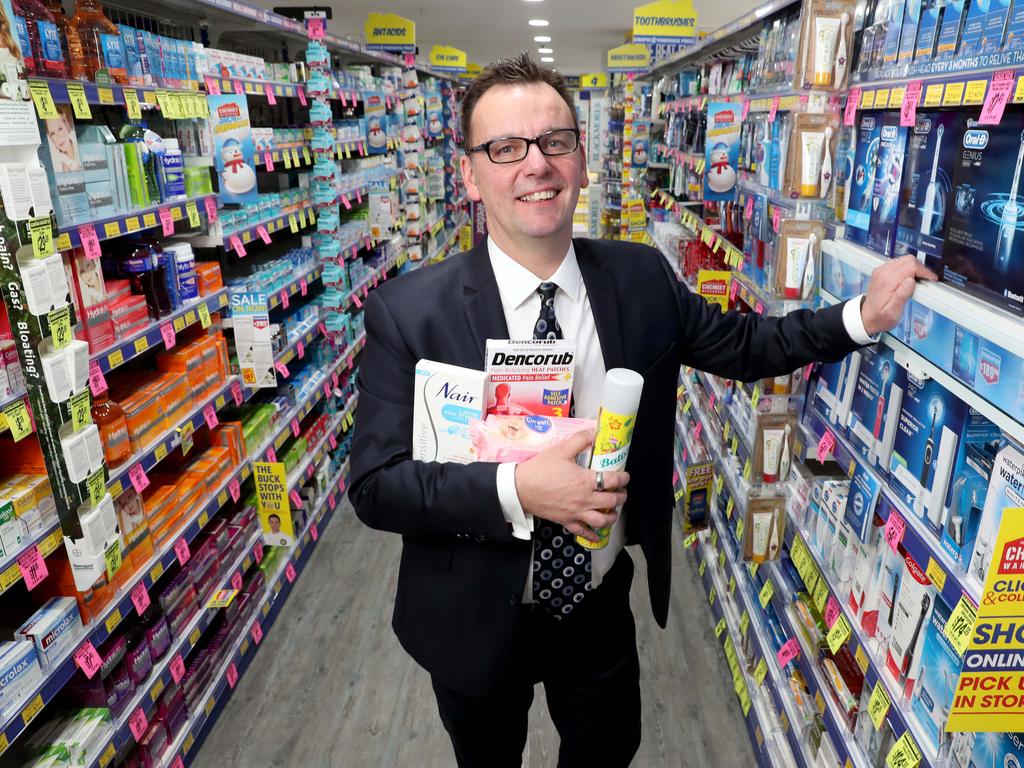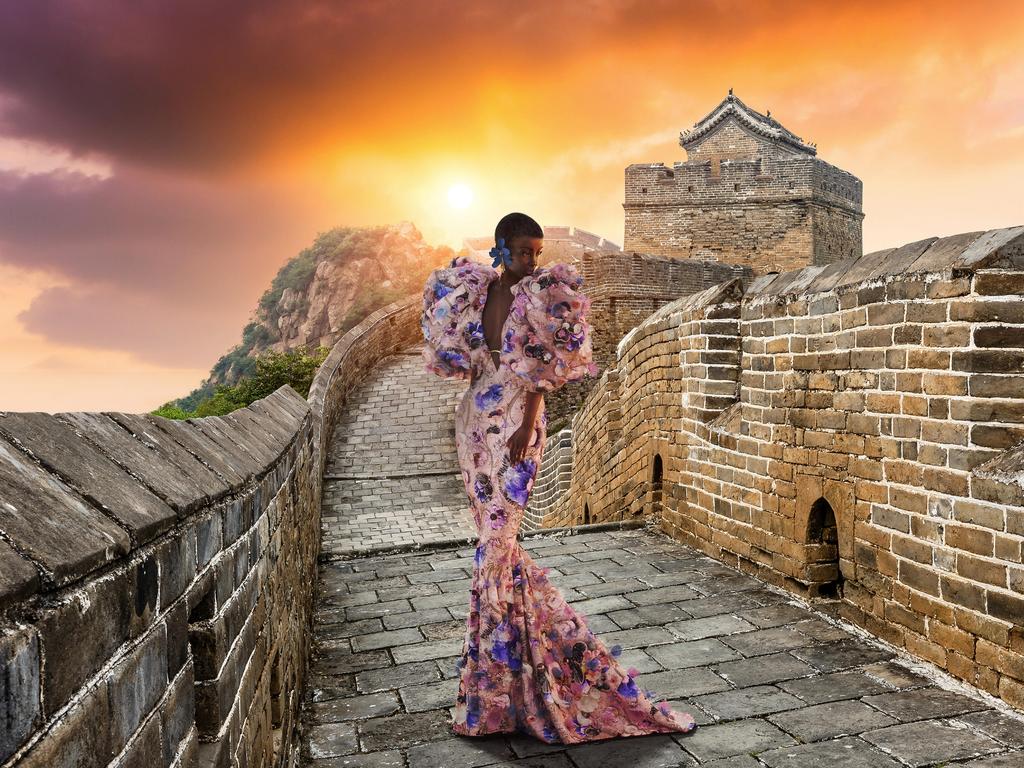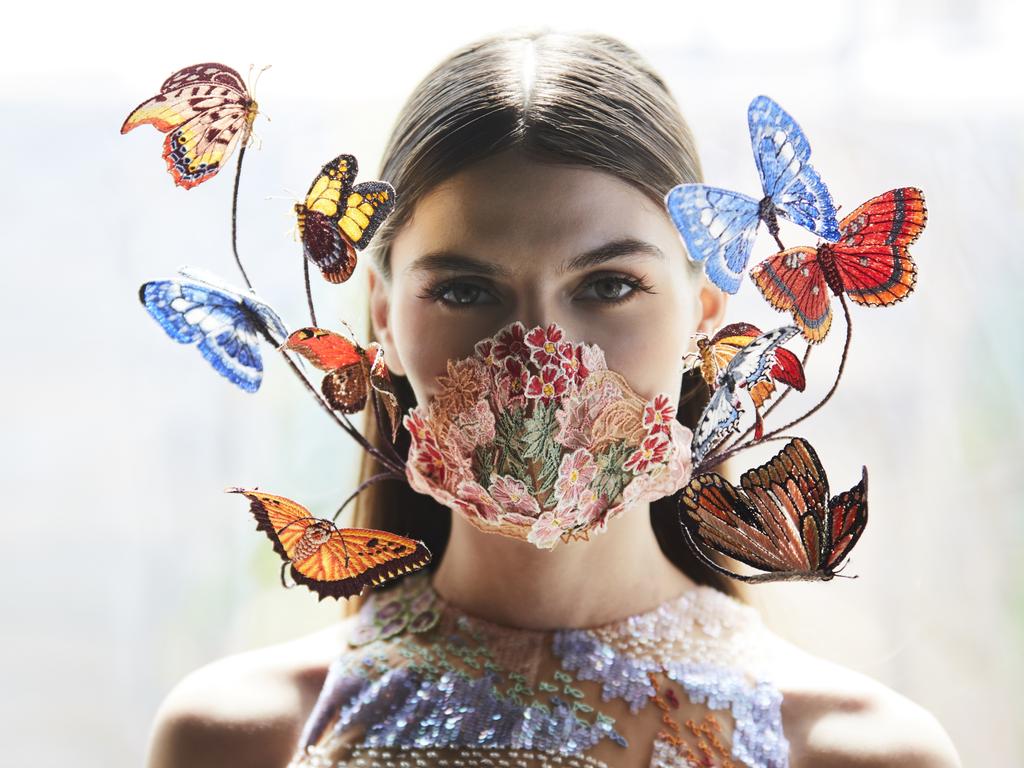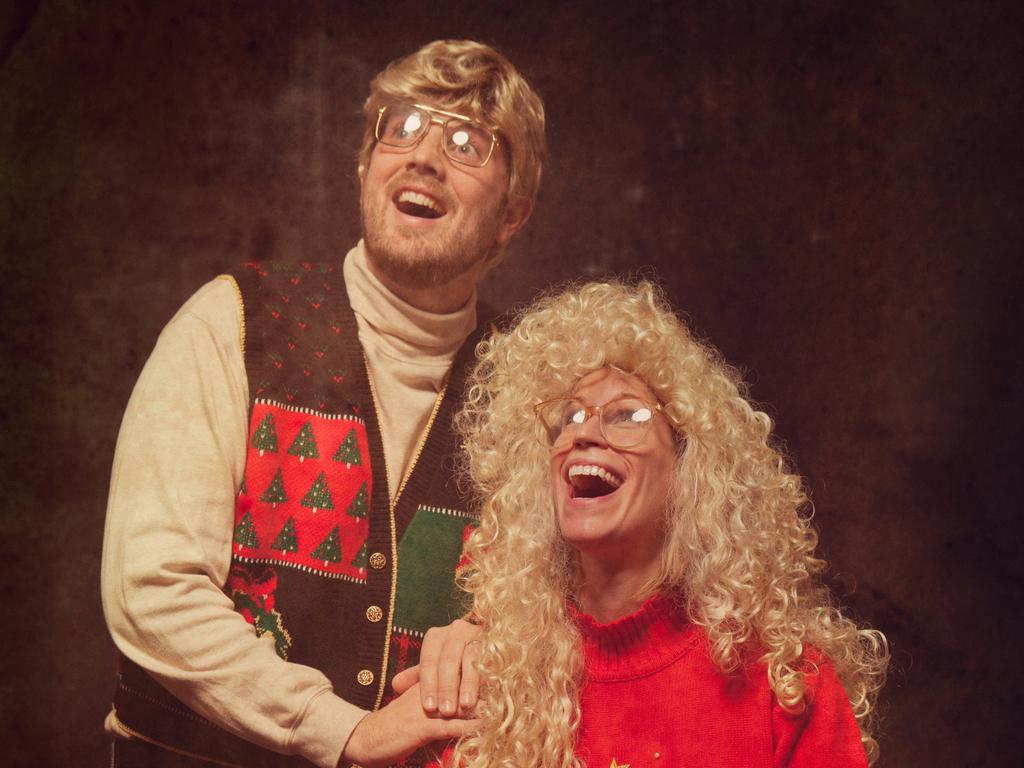Is it time to kiss the Lipstick Index goodbye?
With face masks up and outings down, could COVID-19 spell the end of this economic barometer?
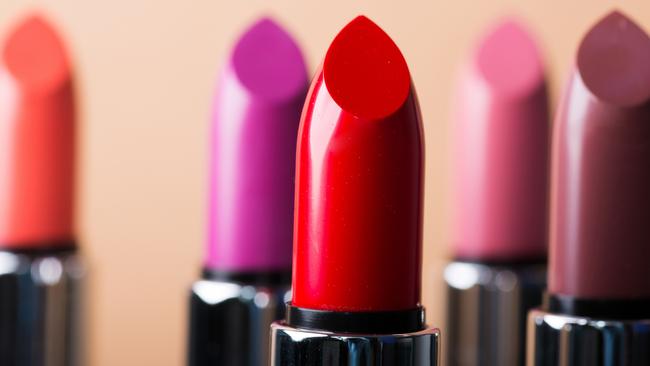
Heading out for the supermarket recently, I completed the usual pre-exit checklist, albeit with the new addition of a face mask: keys, cards, sunglasses, lipstick application … The last one caught me short for the first time. If I’m going to put on a face mask, lipstick isn’t going to be (a) necessary or (b) practical.
Which then got me thinking: in the age of COVID-19, does the Lipstick Index still stand?
The phrase itself was coined by Estee Lauder’s former chairman (and son of its founder) Leonard Lauder during the early 2000s economic downturn, by way of explaining that during times of economic hardship, small, affordable luxuries such as lipsticks and cosmetics are a personal bolster in lieu of big-ticket items. After all, a $40 lipstick may be achievable if a $400 dress isn’t.
The concept of “the lipstick effect”, as it is also known, goes back to the Great Depression, when sales of cosmetics rose from 1929 to 1933.
But now? Yes, the pandemic has brought with it a struggling economy, but given the various stages of lockdown we may be in, we’re also not going out as much as we did in our pre-pandemic lives.
Add to that the increasing use of face masks — with most of our faces covered, is there any point in wearing make-up at all? Or will mascara replace lipstick as the new economic barometer as we rely on our eyes to convey our inner despair?
Skin in the game
According to US-based management consultants McKinsey & Co, the pandemic could drag down sales in the $500bn global beauty industry by as much as 20-30 per cent this year.
The Australian beauty industry is currently worth $4.3bn annually (including broader personal hygiene products). According to a report last month from IBISWorld industry analysts, annualised growth for the five years to next June will have all but ground growth to a halt due to the pandemic — it’s expected to be just 0.1 per cent.
But there is some good news to be found within this.
It seems the new economic barometer is not in make-up, but in skincare.
Just two weeks ago, Estee Lauder chief executive Fabrizio Freda said: “The Lipstick Index has been substituted by the Moisturiser Index. But the concept of the index is still there.”
This intel is borne out across the industry, where companies report that as make-up sales are broadly decreasing, skincare sales are increasing.
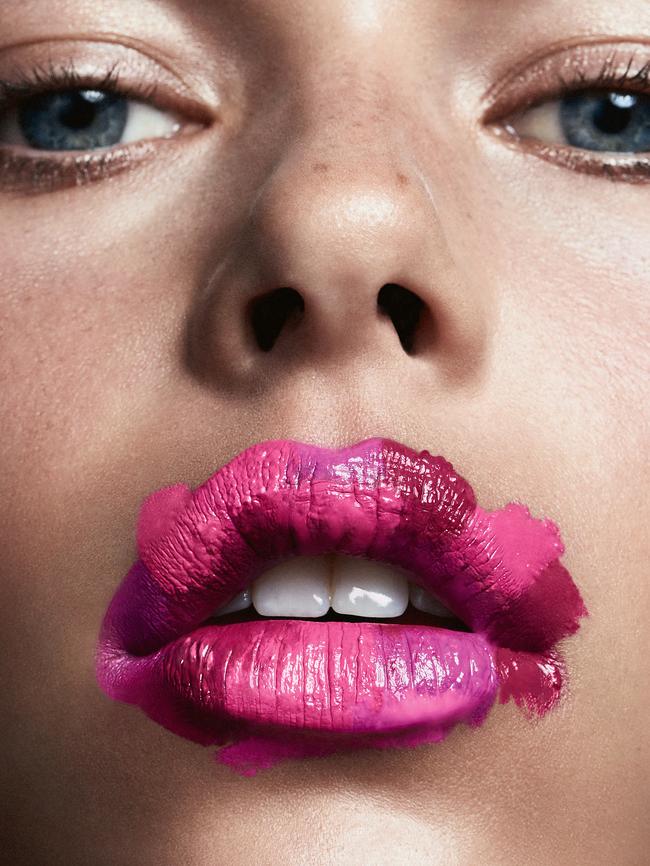
“Colour is down overall,” Rachel Duffy-Packer, general manager beauty for David Jones, tells The Australian. “No one’s going out, so there’s no need to do it. (But) skincare has gone up.”
She believes that in part this is due to the closures of salons during various stages of lockdown, with skincare face masks proving especially popular.
“All at-home treatments have proven popular. Particularly when we first went into lockdown, we saw a rush buying of all of these and it has been steady since,” Duffy-Packer says. “People have been doing their ‘self-care Sundays’ and at-home pampering.”
It’s a similar story over at rival department store Myer. “Our skincare performance is phenomenal,” says Sharon Neale, Myer category manager of beauty and intimates. “Most categories within skincare are more than 200 per cent up on last year.”
As well as the self-care factor, Neale also puts it down to the rise in video conferencing: “People are more self-aware about what their skin looks like.”
She says that anti-ageing products, night serums and moisturisers have been especially strong — “to help get that youthful glow”.
“Face masks are 251 per cent up on last year,” Neale says. “Anything from sheet masks to clay masks. It’s about creating that spa indulgence at home.”
Arna Richardson, IBISWorld senior industry analyst, concurs: “The initial lockdown period witnessed a surge in demand for skincare, face masks, scented candles and nail-care products as home-bound consumers sought to pamper themselves with ‘do-it-yourself’ treatments.
“A greater focus on self-care and hygiene has driven beauty sales in recent months with a spike in sales of skincare tools, facial serums, handwash and hand creams among other products.”
Duffy-Packer says cosmeceutical brands — those with more active ingredients, often created by dermatologists — have been performing particularly well for David Jones, up 275 per cent on last year.
French giant L’Oreal is in the enviable position of having a huge stable of brands including mass-market (L’Oreal Paris, Maybelline, Garnier) and prestige (Lancome, Kiehl’s, Shu Uemura) as well as cosmeceuticals (La Roche-Posay, SkinCeuticals).
“Considering what’s happening today, the skincare market is booming,” Rodrigo Pizarro, managing director for L’Oreal Australia and New Zealand, tells The Australian.
Pizarro says the Australian skincare market is up 7 per cent in total, and that sales across L’Oreal brands are up 20 per cent. “We are not focused on what we are losing with lipstick. You have to focus on where there are opportunities.”
He agrees that cosmeceuticals are “growing exponentially”, and says that one recent issue where they can help is facial irritation and breakouts from wearing fabric masks.
“It’s about educating consumers — what is happening to your face and how can we answer that?” he says.
Duffy-Packer says that “mask-ne” — acne caused by fabric masks — is a real issue, and a new mask sanitiser by Australian brand Sensori+ is helping to address this as it includes salicylic acid.
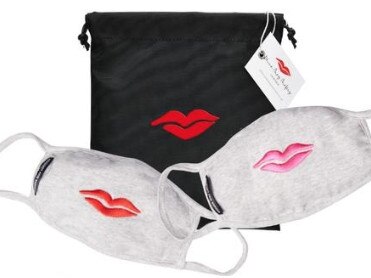
Unexpected wins
There have, however, been some surprising unticks within the beauty categories. For make-up, “the one area we have seen an increase is in brows,” Duffy-Packer says.
Similarly at Myer, Neale describes brows as a “hero category”.
“Setting your brows at the start of the day really does make a difference to the look of your face.”
The other big shift is in nails. “It’s so affordable to get a manicure done — we have not seen growth in this category for years,” says Duffy-Packer, adding that sales of nail products are up 345 per cent online at David Jones, “because everyone’s having to do their own nails now”.
Mascara is holding steady for David Jones, but Duffy-Packer believes that eye make-up generally could be an area of growth as people get more used to wearing face masks: “We do think that eyes will become more of a priority because they’re the only area of self-expression you’ll be able to see.”
Pizarro believes that the beauty market will continue to adapt to new situations and phenomena as this pandemic plays out.
“The beauty market is always dynamic,” says Pizarro. “We’re still in the middle of this, trends are coming and going very quickly. “If we continue to have masks, I’m sure one day we will have transparent masks. Then we will have to rethink the make-up again.”

